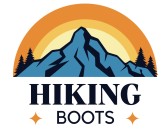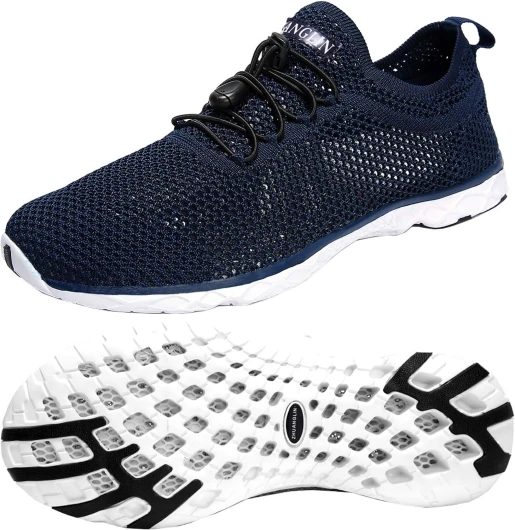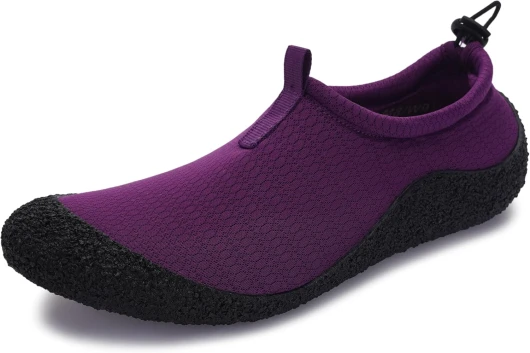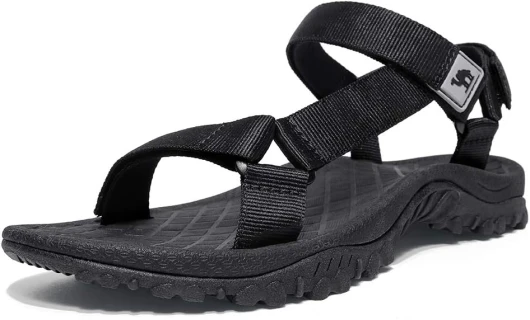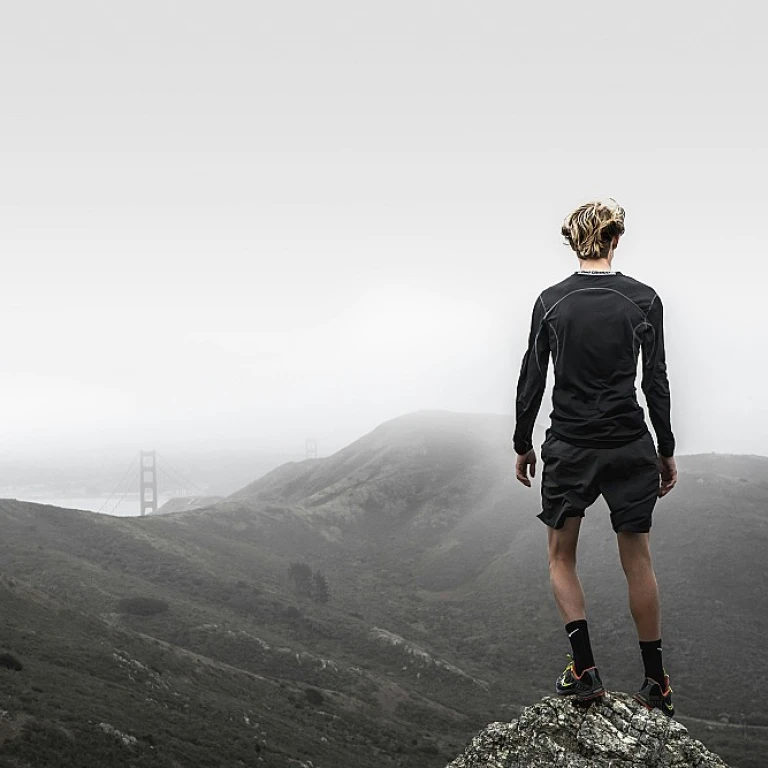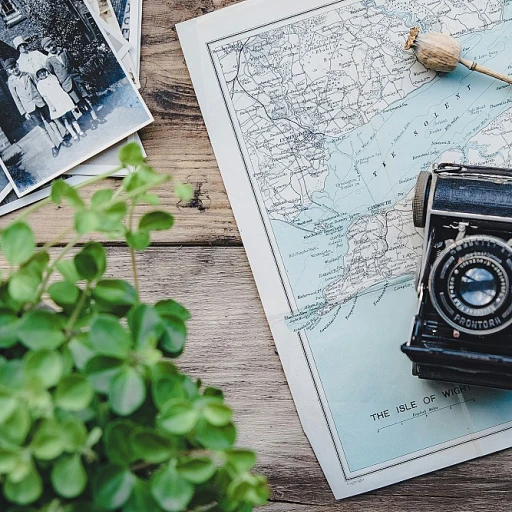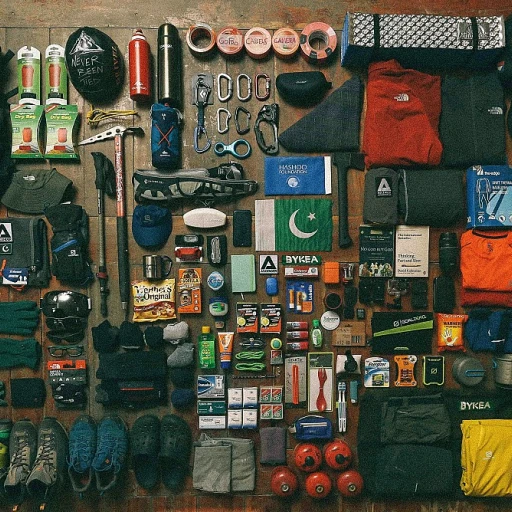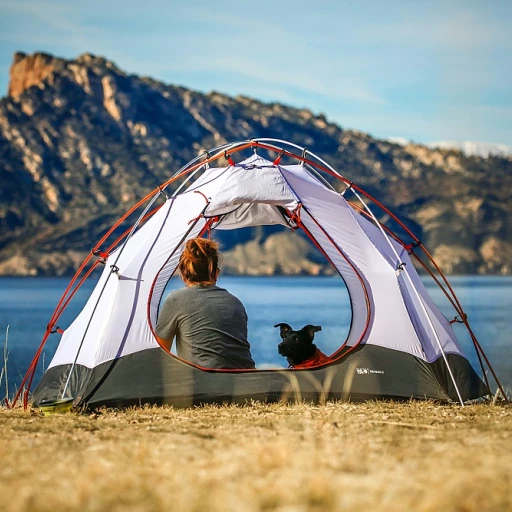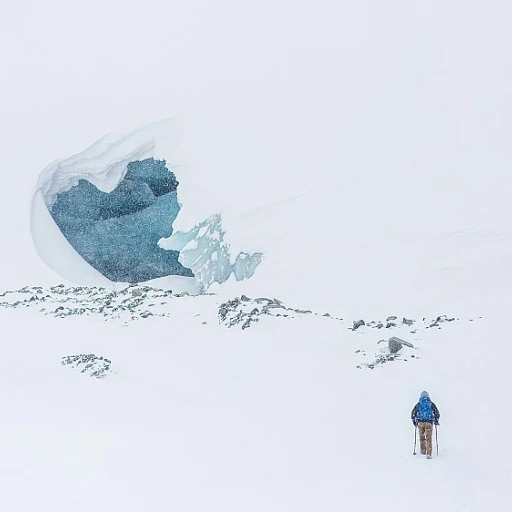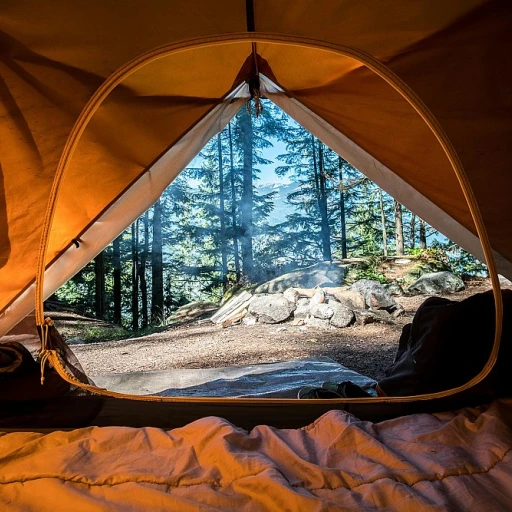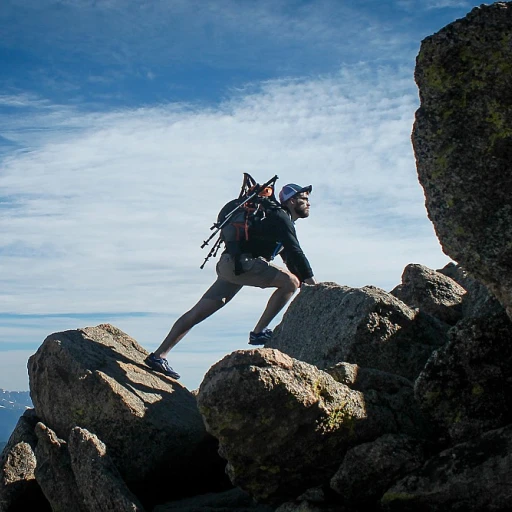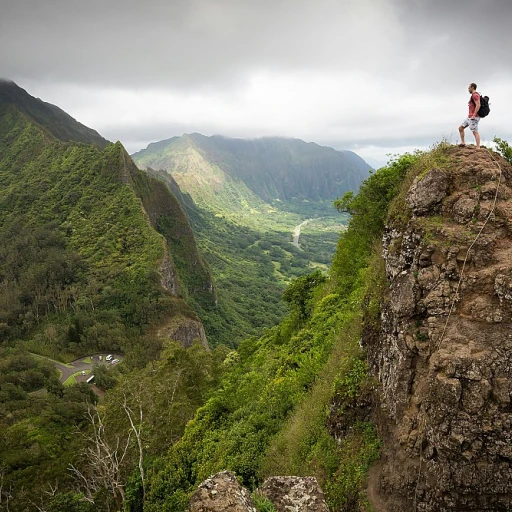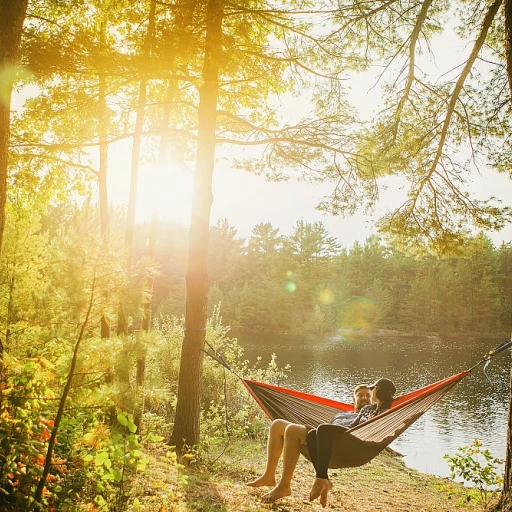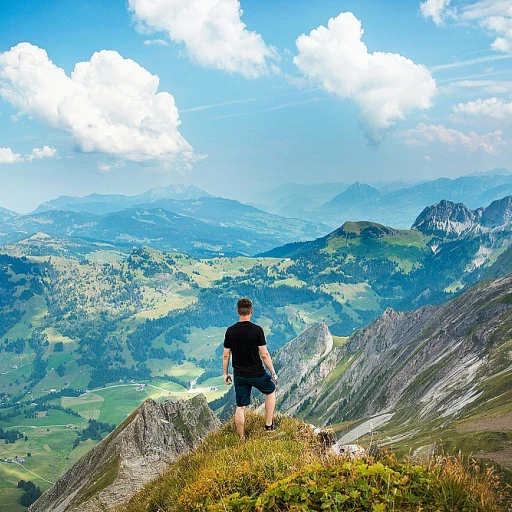
Understanding the Need for Water Trekking Shoes
The Importance of Quality Footwear in Wet Conditions
When embarking on an adventure that involves traversing through waterlogged terrains, the significance of investing in appropriate water trekking shoes cannot be understated. These specially designed shoes play a crucial role in ensuring both safety and comfort on the trail. When you imagine hiking through a misstep, slipping on a slick rock, or dealing with constantly wet feet, it can lead to unfortunate circumstances. This is where the best water shoes step in to support outdoor enthusiasts. Not only do they minimize the risk of accidental slips, but they also offer the protection you need for your feet to remain unscathed during your journey. Picture the smooth trails of a national park like Zion National or the challenging terrains that may require crossing streams or splashing through puddles. Such conditions demand robust waterproof hiking boots. They help keep feet dry and ensure your feet don't suffer from prolonged exposure to moisture. Beyond just keeping you dry, a good pair of hiking boots, hiking sandals, or even trail running shoes provides structural support. This support is crucial for maintaining proper posture and avoiding foot fatigue and injury, especially over long distances. Whether it’s waterproof hiking shoes or hiking sandals, your choice in footwear will define your outdoor experience. For women, choosing the right shoes might mean considering specific designs available in women’s sections, offering the right fit and features such as added waterproofing technology and support specific to female hikers. Similarly, for men, choosing the ideal pair might involve focusing on essentials like grip and stability. Overall, the necessity of having the right footwear is paramount. For more insights into choosing the perfect pairs, discover how Nature Breeze shoes blend comfort and style for hiking and trekking.Key Features to Look for in Water Trekking Shoes
Must-Have Traits in Any Water-Ready Trekking Shoe
When it comes to water trekking, selecting the right pair of shoes is crucial. These situations demand shoes that perform exceptionally well in wet and dry conditions. Here's what you should consider when choosing water trekking shoes:- Waterproof vs. Water-Resistant: Determining whether you need waterproof or water-resistant shoes is key. While waterproof shoes keep feet completely dry, water-resistant ones work well if only brief exposure to water is expected. Consider the conditions of your hike; for a more comprehensive understanding, explore the versatility of water-friendly options.
- Breathability: Good aeration is essential to prevent your feet from becoming too hot and sweaty. Look for shoes with breathable materials that dry quickly if they get wet.
- Grip and Traction: Slippery trails can be dangerous. Shoes with good traction, similar to trail running shoes, can prevent slips on wet surfaces. Consider shoes with robust outsoles.
- Comfort and Support: Trekking can put a strain on your feet. Cushioned midsoles and adequate arch support can make the difference between a tough hike and one that’s simply unforgettable.
- Durability: Shoes must withstand rough terrains without wearing out quickly. Materials like rubber are often used for robust designs.
- Socks Compatibility: Pair your shoes with neoprene socks for an extra layer of protection from the cold, or if you prefer hiking sandals, ensure they can fit around these socks comfortably.
Top Brands and Models for Water Trekking
Top Water Trekking Footwear Brands and Models
When it comes to the best choices for water-friendly trekking footwear, consider finding something that not only performs well on wet surfaces but also keeps your feet dry and comfortable during hikes. Here's a closer look at some leading brands and models that are highly recommended by experienced trekkers and outdoor enthusiasts alike:
- Merrell Hydro Moc: Popular for its unique design and comfort, the Hydro Moc offers great grip and water resistance, perfect for both men and women. These shoes excel in water and trail environments, offering both flexibility and support.
- Astral Loyak: Known for their lightweight and minimalist design, Astral Loyak shoes are perfect for those looking for a good blend of comfort and durability on wet and rugged terrains.
- Keen Newport H2: A hybrid of hiking sandals and wet environment shoes, the Keen Newport H2 provides excellent traction and support. They are favored in locations like Zion National Park for their ability to handle water crossings and dry trail portions with ease.
- Columbia Drainmaker: These water shoes are lauded for their quick-drying capabilities and solid cushioning, making them an ideal choice for trails with frequent water encounters.
When selecting water trekking footwear, it's also important to consider factors such as stack height and stability. Trail running shoes with a lower stack height can provide a more connected feel to uneven surfaces. Furthermore, for those venturing into colder or wetter regions, combining your footwear with neoprene socks can ensure added warmth and insulation.
For those who prefer more traditional hiking shoes or waterproof boots, options like Salomon's renowned hiking boots or waterproof models from The North Face also offer exceptional protection and durability for wet conditions. Don't forget to always check prices and read real-life reviews to make an informed decision.
How to Choose the Right Pair for Your Adventure
Selecting Footwear for Effective Performance
Choosing the right pair of water-friendly trekking footwear isn't just about grabbing the first pair of shoes you find visually appealing. In the vast world of water hiking, numerous factors can determine the success of your adventure, especially when you're navigating wet trails or trekking through a national park with a variety of terrain and riverbeds.- Understand the Terrain: Evaluate the typical environments you'll be trekking. Will it be a rocky trail or a muddy pathway? This knowledge will influence whether you'll need water shoes that are breathable, lightweight, and provide adequate traction to keep feet secure.
- Determine the Activity: The nature of your hike matters. For casual water hikes, sandals that dry quickly might suffice. However, for extensive hiking, you'll want to consider waterproof hiking boots or shoes that offer better support and foot protection.
- Consider the Fit: Water shoes should fit snugly but not tight — always aim for comfort as the primary goal. Keeping your feet happy prevents blisters and fatigue. For men and women alike, hiking shoes with a roomy toe box and a secure fit will ensure you remain comfortable as you navigate wet terrain.
- Protection Features: Look for materials that feature a good balance between durability and flexibility. Neoprene socks can be a game-changer, especially in cooler waters, offering extra insulation. Similarly, waterproof hiking shoes or boots should feature elements like a robust traction outsole designed to handle slippery surfaces well.
- Weight and Stack Height: Lightweight shoes reduce the energy expended during hikes. Coupled with an appropriate stack height that suits your comfort needs, this becomes crucial for those long, exhausting trails.
Maintenance Tips for Prolonging Shoe Life
Preserving Your Footwear for Future Adventures
Taking care of your water-friendly trekking footwear is essential for ensuring the best performance, comfort, and lifespan. Here are some tips to help prolong the life of your hiking shoes, boots, or sandals:- Clean Regularly: After each hike, especially in wet conditions, clean off dirt, mud, and debris that can prematurely wear down materials and stitching.
- Dry Thoroughly: Wet shoes can harbor bacteria and cause a nasty smell. Always allow your footwear to air dry away from direct heat sources, which can damage the materials. Elevate outdoors, if possible, to enhance airflow.
- Address Odor: Use specialized sprays or powders to deodorize these shoes. Ensuring your shoes stay fresh enhances comfort, especially when tackling your next trail.
- Inspect & Repair: Periodically check for wear and tear. Pay attention to the treads, seams, and laces since they are critical for staying safe on slippery trails. Replace worn-out components or consult a professional for repairs.
- Waterproofing: Although your footwear may already be waterproof, it’s wise to maintain its resistance by applying appropriate treatments, keeping your feet dry during any water-bound adventure.
- Store Properly: When not in use, ensure your boots or shoes are stored in a cool, dry place. Stuffing them with newspaper can help retain shape and absorb any remaining moisture.
